I’ve talked about the Pomodoro Technique many times over the years for a reason: it works!
I have ADHD, and getting tasks done in time can be very challenging for me. However, this method has helped me achieve things like writing a book series and learning 10 languages, even despite my predisposition to get distracted easily.
If it helps me, it can help you, too!
I’ve asked my followers to let me know if they have trouble focusing, and here’s what they’ve replied:
Sounds like many do! Whether you have issues focusing, or simply want a sure-fire way to complete tasks, the Pomodoro Technique is what you need.
In this guide, I’ll tell you all about how the technique works, help you customize it to fit your own needs, and offer the best language hacking tips I got from my experience.
Table of contents
What Is the Pomodoro Technique?
The Pomodoro Technique is a productivity-enhancing method that makes you work for intense 25-minute blocks of time separated by 5- to 30-minute breaks.
Fun fact: The technique was developed by Francesco Cirillo in the late 80’s. Francesco was a university student at the time, and he needed a technique to help himself improve his focus. (What student doesn’t?)
He came up with the name “Pomodoro” Technique thanks to his kitchen timer shaped like a pomodoro (“tomato” in Italian).
I’ve used this technique for learning languages, but also for work and in other aspects of my life. It’s also popular among students to complete long assignments.
The technique is easy to set up and doesn’t require much material, which makes it perfect for nomads like me!
How Does the Pomodoro Technique Work?
The Pomodoro Technique is very easy to put into action. All you need is:
- a task (or a list of tasks) to complete
- a timer
- a notebook, piece of paper, or note app to record your progress
And here’s exactly what you need to do:
Step 1: Decide on the Specific Task That You Want to Complete
I would recommend choosing only one thing at a time, as this is not about splitting your attention.
For language learners, this could be writing a conversation script, using the transcription method, or organizing and studying Anki card decks.
Step 2: Get Rid of All Distractions Around You
Get ready to work in a space that will help you focus only on your task. Do things like putting your phone on silent, removing books or other objects you won’t need from your desk, etc.
If you’re going to use your computer, there are apps and extensions that help you block access to certain websites. (You can then disable this when you have completed your task.)
Here are some apps to help you with that:
- StayFocusd – Free
- BlockSite – Free
- LeechBlock – Free
- Forest – Free on Chrome and Android
- Freedom – Paid
Step 3: Set the Timer on for a 25-Minute Session
Once you’ve got a task, a clean workspace, and a ready timer, you’re good to go.
Set a timer for 25 minutes and get working!
Language hacker’s tip: It doesn’t have to be 25-minutes.
Language hacking is all about doing what’s most suited to your needs and abilities. If 25 seems like too much or not enough, change it to 20 or 30! What matters is that you get the productivity flowing.
The standard 25 minutes work really well for me. It’s just enough time for me to get an intensive amount of focus on one task, but not too long that I’m going to eventually lose that focus.
Step 4: Take Short Breaks
Once the timer rings, it’s time to take a short break. Again, the length depends on your own preferences and needs, but the ideal length for short breaks tends to be between 5 and 10 minutes.
During breaks, I indulge in all my distraction temptations. I look at social media, I open up the news, or I simply stand up and look out the window at the birds. I do whatever it is that I feel I
need to get out of the intensive focus mode and relax.
Make sure you note down the duration of each study session and break. This helps visually stimulate your motivation!
Step 5: Take a Longer Break
You will repeat the combination of intensive work blocks and short breaks three to four times, but then it’s time for a longer break.
Let’s say your activity log looks like this:
- 25 minutes of work
- 5 minutes break
- 25 minutes of work
- 5 minutes break
- 25 minutes of work
- 5 minutes break
- 25 minutes of work
That’s nearly two hours of work, spent almost entirely focusing. To avoid burnout, you are now entitled to a longer break. These can go from 15 to 30 minutes, depending on your preferences.
You can maybe take a short walk or watch a YouTube video. What matters is that you completely forget about your work.
Step 6: Rinse and Repeat
You’ve completed a Pomodoro cycle after you’ve taken the longest break. Once you get to that point, it’s time to start from the beginning!
That’s, obviously, if you still have work left to do.
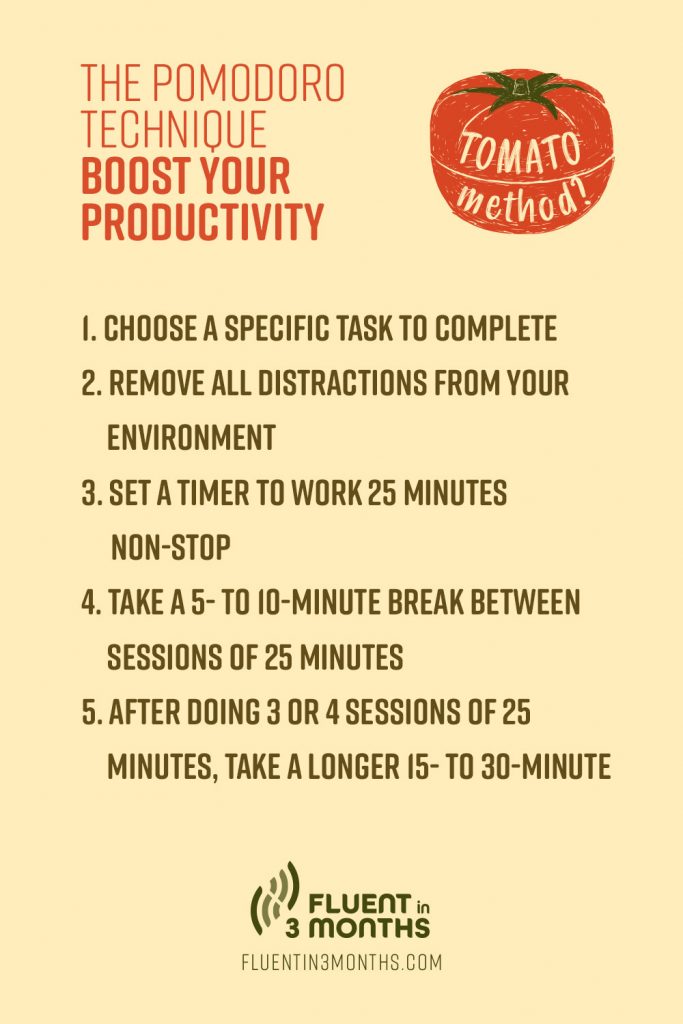
Is the Pomodoro Technique Really Effective?
So many people have implemented this method with success. It’s a technique that we recommend to the Fluent in 3 Months Challenger participants to help with their longer study sessions.
I’ve found the Pomodoro Technique especially useful because I have to deal with ADHD attention issues. I get easily distracted and I have trouble focusing on tasks for very long stretches of time, so I’ve used this system myself many times over the years.
And you know what? Knowing that I have to focus on a task for 25 minutes makes it easier to resist getting distracted.
That’s the difference between me just doing some general work and actually deciding I am focusing during a Pomodoro 25-minute session. Having a limited amount of time to work helps me make sure that I avoid giving in to temptations like checking social media or sending a text.
The promise of a guilt-free, genuine break after the study session also helps a lot, both with the motivation to work and my ability to relax after it.
When taking breaks as part of the Pomodoro Technique, you give yourself permission to do anything you feel like doing. If you don’t structure your study schedule to give yourself that permission, then you will very likely give in to temptation after maybe five minutes into working. That’s when you lose momentum.
Do I Need a Tomato Kitchen Timer for the Pomodoro Technique?
You don’t have to do what Cirillo originally did: have an actual kitchen timer that looks like a tomato.
You could find one here, just in case, but you could also use anything else to time yourself. Here are some ideas:
- the countdown timer on your phone
- a little clock
- an electronic watch
- your oven clock
I personally like to use an app called Pomodairo. I’ve also seen some use Pomofocus. What’s great with these apps is that you can customize the timer to suit your needs, keep statistics, plan your tasks, and more!
What matters is that it’s something handy, and can fulfill the purpose of a timer. It’s important that it can make some sort of noise at the end of the set time, otherwise you would find yourself checking every two minutes!
Using the Pomodoro Technique For Your Language Studies
When I asked my followers what techniques they use to reduce distractions, many also mentioned timeboxing.
The Pomodoro Technique is similar to the concept of timeboxing, and you can in fact combine them to get even more productive results.
Timeboxing works by planning your day in blocks of tasks.
To come up with this schedule, you first have to write down a to-do list. Once you have that, estimate how long each task will take you to complete.
So let’s say that I estimate my first task is going to take me one and a half hours. I’m going
to dedicate three Pomodoros (three bursts of 25 minutes) to complete the task.
It’s so satisfying to take tasks off your to-do list with these techniques! And it’s a much more intentional way of going about your day.
Language hacker tip: Using time boxing with the Pomodoro Technique is especially good if you’re not that great at gauging how long things might take. I, for example, am very bad at this. However, I always give myself extra cushions of time, say 20 to 30 minutes extra per task from what I first estimated.
Alternatives to the Pomodoro Technique
As you can see from the screenshot above, there are also popular alternative methods to avoid getting distracted when studying.
My goal is to help you find what works for you, so here are some techniques you might want to try if the Pomodoro technique isn’t for you:
- Browser plugins and apps to stop popups and block websites (like the ones I mentioned above)
- Noise canceling headphones
- Listening to music
- Effort-reward
- Scheduled to-do lists
- White noise
- Studying in places that you associate with productivity (e.g. the library, and not your room)
You can also combine several of these! As I mentioned above, the pomodoro technique and timeboxing work well together, but you can also include white noise or noise-canceling headphones in the mix.
How Else Can I Help You Get Fluent Faster? Let Me Know!
The Pomodoro Technique is an amazing language hacking tool, but it’s also only one of many.
I want to write more guides like this one to help you learn more language learning techniques and become fluent faster. It’s also the focus of my podcast, the Language Hacking Podcast.
In fact, this post is based[ on an episode]](https://www.youtube.com/watch?v=kLKG3pgvCTc&list=RDCMUCMNicKA0uKz0BNsJVK5NoCw&index=17) of my Ask Benny series, where I reply to questions you ask me about language learning.
If you have questions about any other topics, I’d be more than happy to answer them. Find me on Instagram (@irishpolyglot), TikTok (@irishpolyglot), and Twitter (@irishpolyglot), and ask away!
In the meantime, have a look at these other Fi3M articles related to language learning:
The post The Pomodoro Technique: How to Boost Your Productivity [Full Guide + Examples] appeared first on Fluent in 3 Months.
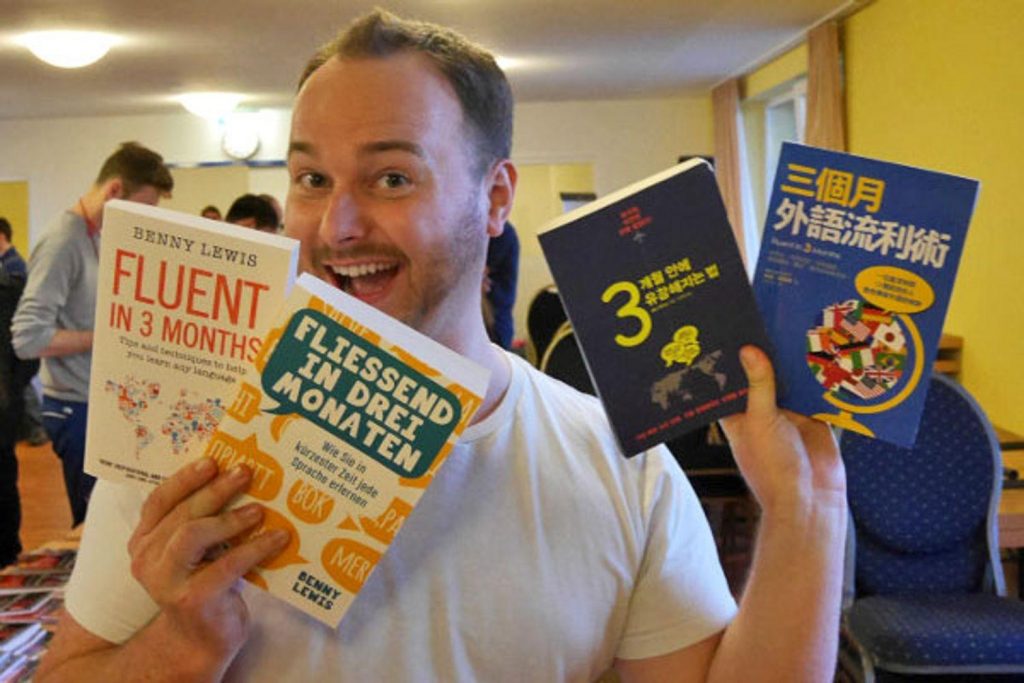
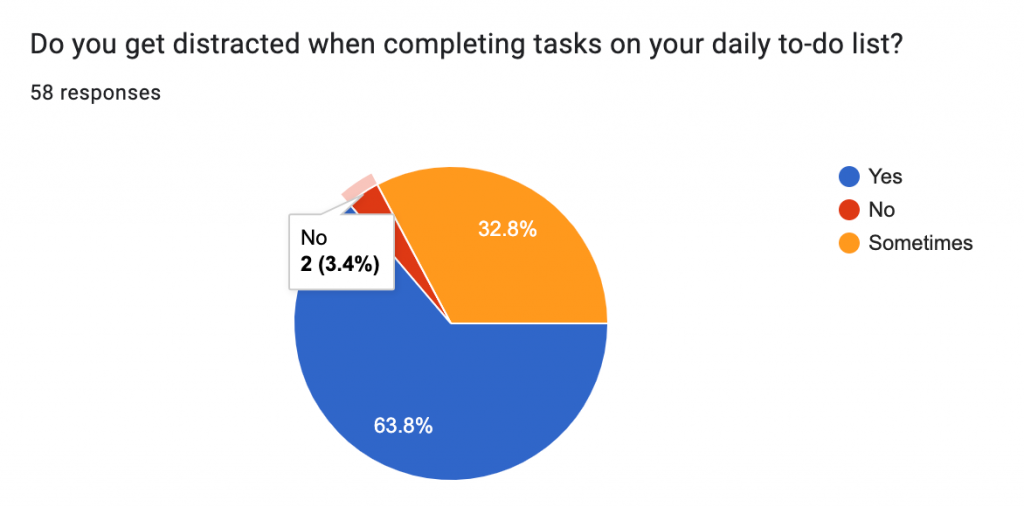
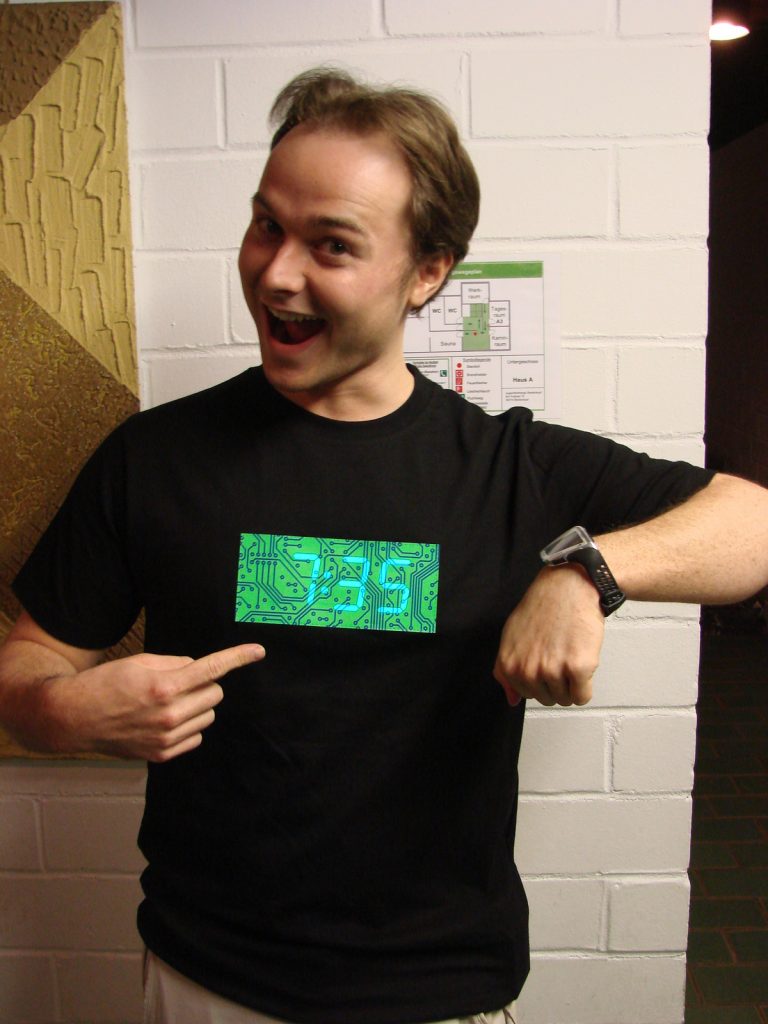
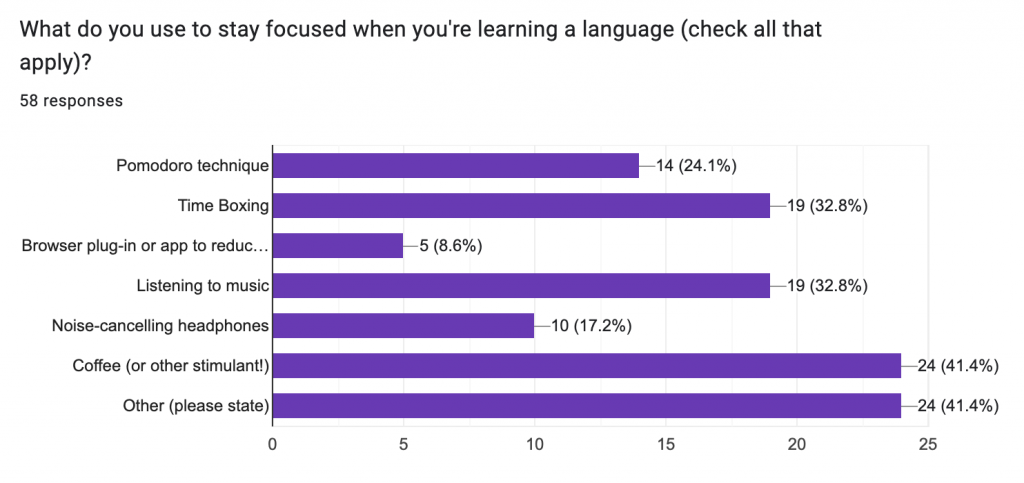


0 Commentaires